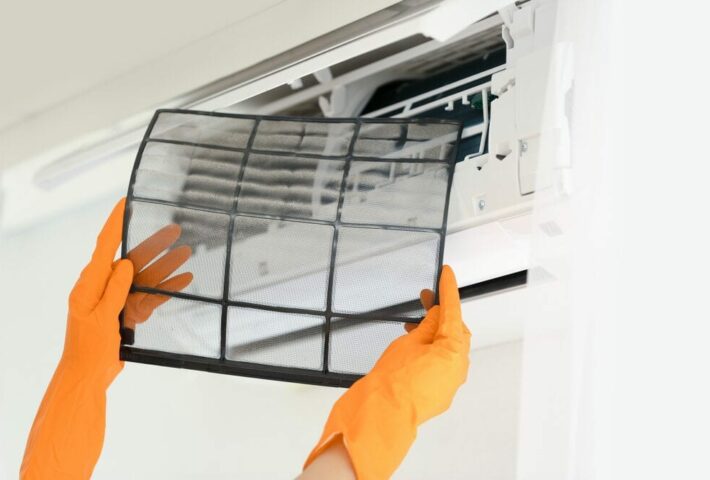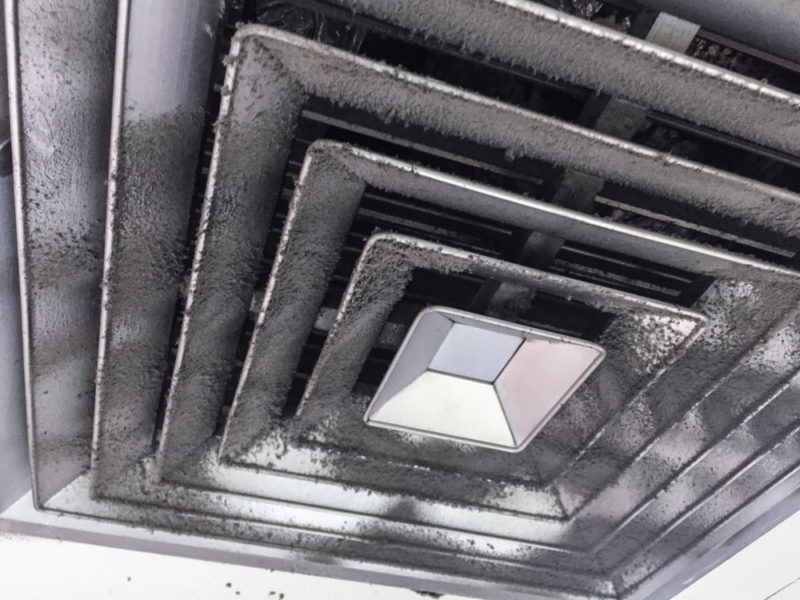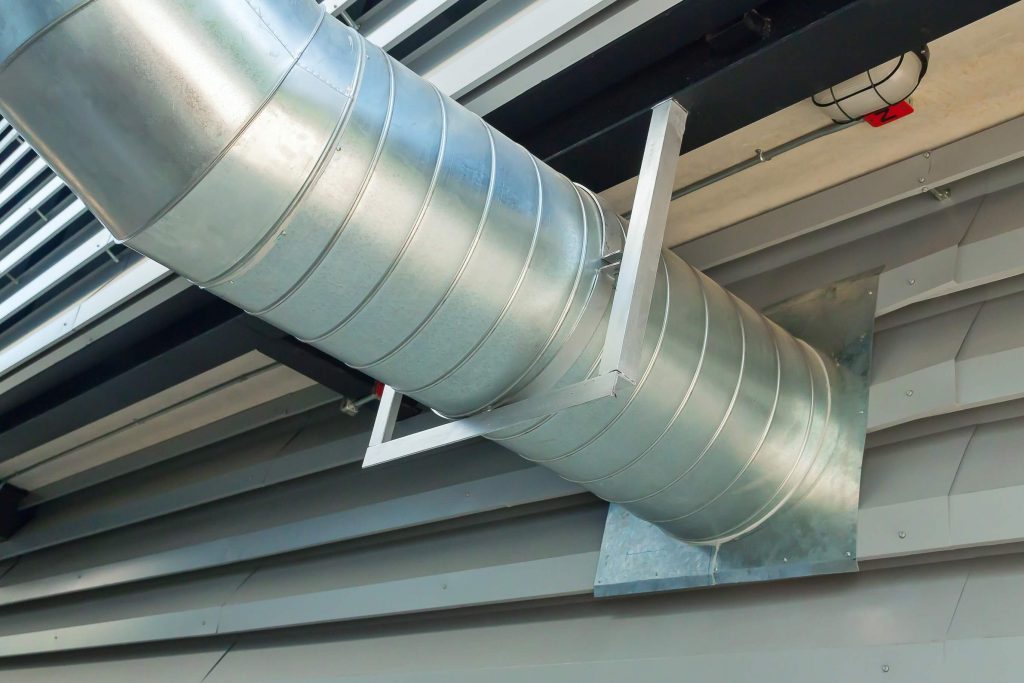Does it feel like the airflow from your air conditioning vents isn’t what it used to be? If the airflow has diminished, you are probably wasting energy and wearing out your system unnecessarily. When cooled or warmed air from your HVAC system isn’t making its way throughout your home or office efficiently, your system, the most expensive appliance in your home, is working harder than it should. Reduced airflow can cause your house to be too hot or too cold. There are several common causes of low airflow from air conditioning vents. The Duct Cleaning Pros help determine the best way to improve your HVAC system airflow.
About 35% of indoor air pollution consists of particulates. A proper size, clean, quality air filter helps reduce particulates and keeps your indoor air cleaner. Your air filter is designed to trap the dust, dirt, pollen, and other airborne particles before they get into your Air Handler. The air handler acts like the “Lungs” of your HVAC system. If the air filter is dirty or has the wrong arrestance for the HVAC system you may notice reduced airflow. As airflow is reduced the system has to work harder to recirculate the same amount of air which affects your energy efficiency and actually damage the HVAC equipment.
On most systems the air filter is installed in the return air ductwork. It’s important to use the proper size filter. Using a filter that’s too small will allow pollutants to flow around the filter instead of being trapped by the filter. The same thing can happen if you try to use a filter that’s too large, preventing a tight seal in the filter compartment.
The density of the filter medium is also important. Just like a dirty filter, using the wrong type of filter can also reduce airflow and even damage your HVAC system. Arrestance is a fancy word used to help describe filtering capacity. The higher the arrestance the greater the filtering capacity. Increased arrestance generally means reduce airflow as well. The proper filter for your system might slightly reduce the filtering capacity, but is less restrictive, allowing greater airflow through the filter. Learn more about Air Filters HERE. (LINK to Air Filters Page)


While proper filtration helps keep heating and air conditioning components clean, even the best filters can’t fully protect your HVAC equipment from getting clogged with mold, mildew, dust, dirt, and debris. Scientific research has shown an average 37% decrease in HVAC system efficiency is common with less than 0.02 inches of buildup on the system’s coils.
Most homeowners don’t know that their air conditioning system has two sets of coils. The Condenser or “Outside Coils” are obvious. It’s hard to miss that metal box with the aluminum fins and big fan. But those coils work together with the evaporator or “Inside Coils” to cool your home in the summer. Unlike the condenser coils, the evaporator coils are typically located in the attic, a closet or even in the garage. You can easily wash buildup off the condenser coils with a garden hose, but that won’t work so well in your attic. That’s why the US EPA recommends regular, professional cleaning of the evaporator coils and other components of your HVAC System.
Dirty air handler components can negatively affect both heating and cooling efficiency and can contribute to airflow issues. In addition to regular cleaning Learn more about Air Filters HERE. (LINK to Air Filters Page)
If your ductwork suddenly becomes disconnected, you’ll probably notice right away. But slow leaks are much harder to detect. Over time, flexible plastic air ducts can become brittle and crack. They can become compromised by rodents or have seams or connections that leak air as well. Ducts made of duct board can be compromised in many ways and their seams and connections can easily develop leaks. Sheetmetal ducts can become rusty and connections can fail. Ductwork leaks can negatively affect your airflow, waste energy and decrees indoor air quality as well.
Leaks around the “boots” which are the connection point between the duct and the opening to the room can allow air to escape. Leaks at around the registers can also create of vortex effect and draw dusty, contaminated air into the home from your attic space, walls or from under the house if you have floor vents.
Instead of air moving consistently through the ducts and out the vents, the escaping air reduces the volume of air that makes it to the vents. The only way to know if your ducts are leaking for sure is with a Seal Test. You can learn more about Seal Testing HERE. (Link to Seal Testing Page)
Once the source of the leakage is identified, steps can be taken to repair or replace the compromised ductwork.
If you have issues with poor airflow through the vents in your home or office, give The Duct Cleaning Pros a call. Quit wasting energy and living in an uncomfortably cool or warm home or office.

Are you a D.I.Y. repair person? Think twice before you use duct tape to repair your leaky duct? The name “Duct tape” is a misnomer. Though the product is incredibly strong and sticky. The adhesives degrade rapidly in extreme temperature changes. In 1998 the Department of Energy’s Lawrence Berkeley National Laboratory conducted tests of many kinds of duct tape under conditions simulating real heating and air-conditioning environments. Here’s what they said, “We tried as many different kinds of duct sealants as we could get our hands-on. Of all the things we tested, only duct tape failed. It failed reliably and often quite catastrophically…”
https://www2.lbl.gov/Science-Articles/Archive/duct-tape-HVAC.html